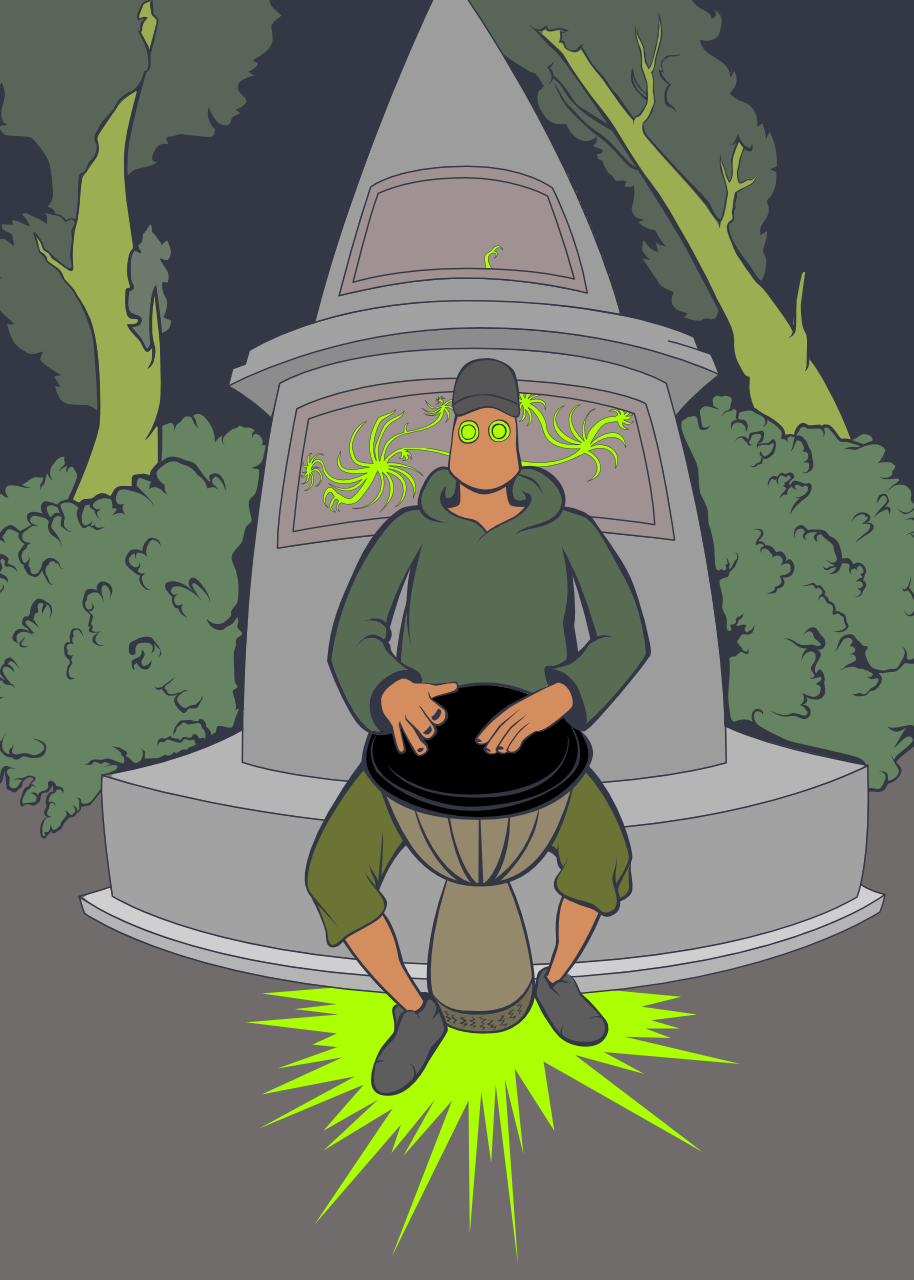

Same. Really happy with it.


Same. Really happy with it.


Consumer drones already exist, that can recognize you by face and follow you.
I started doing exactly this. Write a bunch of functions, that may end up in different systems, on different machines, even. This allows you to define the interfaces, figure out data dependencies, and so on.
The code may be runnable, just printing out some statements. Then I copy blocks of it to the place where it will belong.
It’s more of a thinking tool, than “actual code”.


I have set up forgejo, which is a fork of gitea. It’s a git forge, but its ticketing system is quite good.


I know you asked about VMs, but fwiw there are GPU-capable containers now: https://docs.nvidia.com/datacenter/cloud-native/container-toolkit/latest/install-guide.html
Used one of these and the setup is as easy as it sounds. It can run Houdini, Stable Diffusion.


Fair enough, i thought it should be noted. The difference was significant at times.


Same here, SMB was significantly slower in our organization than NFS.


Ditto on the usefulness and commonality of these skills. But we still need firemen, delivery workers. Lots of professions do benefit from this, maybe also sports.
Moving them too much into the “disease” category doesn’t do it service. It’d be better to teach ways to manage it.


Matrix does support voice, and I found the quality to be amazing.


So relations are improving after the Russian “peacekeepers” left?
One suggestion - if you get 10 plain black t-shirts, then implement your style!
I am a dev who was focused on design and ux early on (this has changed as the needs of my work changed).
@abhideckert’s suggestion on how to analyze the needs is great. Now on to the implementation.
Similarly to development, you start out with some requirements - you need to show an input box, a history of inputs, and a sidebar with categories. You work out the layout (with wireframes, pencil drawings, etc.). Then comes visual style, which I guess is the thing you struggle with?
In both layout and visual style, you need to apply design principles, but ultimately the goal is to guide the visitor’s eye to the right places. This is where rhythm, repetition and contrast play a role. Basically highlight important elements, make the order of elements logical and not boring, avoid large empty areas but leave sufficient “breathing room” between elements, etc.
For visual style, you should make your own “style guide” that you apply to all personal projects. You can vary it a bit for each, if you are worried about them looking the same. Make that into a css file with a dummy html page to test. Add an input box, a textarea, select, unordered lists, etc. and style all of them to your liking. This guide will capture a lot of visual ideas, colors, spacing, which you can paste straight into your project. Do not sweat too much about stealing other people’s ideas - it’s an intrinsic property of art, and anyway it will probably not look 100% the same even if you copy it.
Edit: PS: spend some time just looking at the design and thinking.


That’s so weird. So musical instruments are banned, but there is a loophole for a capella…


I think IS are not too much into music, on the whole.


Not always, i think. There are some SSO solutions that behave like this, and password gets filled in fine.


Thanks for the insight


Scary, there is a real danger for Bulgaria to go the same route, after brain drain rate at least reversed in the last years. Here’s to hoping


Just thought of an example. If you want to, you can open a file at macroexpansion time, and generate code based on its contents. There are no limits, pretty much.


Both languages you mentioned i highly recommend.
Lisp macros are another level, because they are part of the language - you can use all language primitives to transform forms however you like.
Haskell will give you a different view of programming. It’s beautiful and concise, and implements all sorts of academic research in languages. Ocaml is similar in many respects.


Lisp macros.
But I’d be curious of the possibilities of generating code with tree sitter.
From what I read, the incursion force brought AA, making it hard for Russian air. Moreover, they did strike a few nearby airfields.